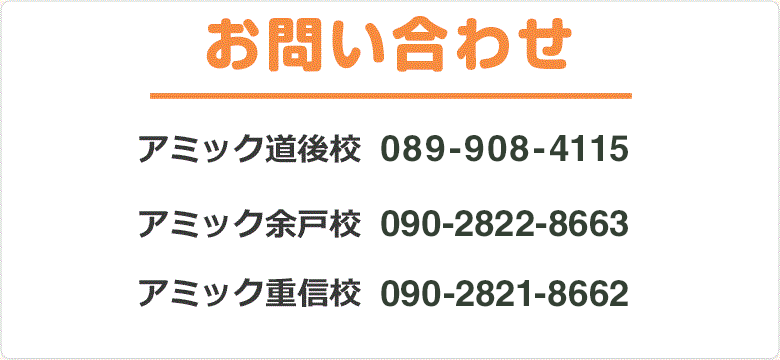Umm-ing and like-ing your way to fluency – 英会話・英語 アミック
2018/08/31
Recently at Amic, we did evaluations of our students’ progress with English. One of the criteria in which me measured our adult students on was their ability to ‘use hesitation mechanisms’ when speaking. In English, classic examples of these would be ‘um’, ‘uh’, ‘like’, ‘I mean’, ‘well’, and similar noises we make to show the other person we aren’t finished speaking and are thinking about what to say next.
Although it’s not something I’ve ever seen explicitly taught in an English textbook, I think using these filler sounds is an important step for any language learner wanting to sound like a native speaker. I may even start correcting my high-level students who fill their hesitation with etos and anos and see if it’s something that can be truly taught, or if they are something that just get ‘absorbed’ after listening to and interacting with enough native English speakers and media.
All of this also made me curious as to what filler sounds are used in other languages, and Wikipedia did not disappoint with me with their thorough list. Here are some interesting ones I came across:
- Chinese: en (um), zhège (“this”)
- Dutch: ehm (um), dus (“thus”), eigenlijk (“actually”)
- French: euh (um), bah, ben (“well”), tu sais, t’sais (“you know”)
- Persian: eh (um), bebin (“you see”), yaʿni (“I mean”)
- Polish: eee (um), no (“well”), wiesz (“you know”)
- Swedish: öhm (um), asså/alltså (“therefore”, “thus”), liksom (similar to “like”)
- Turkish: yani (“meaning…”), işte (“that is”), and falan (“so on”)




